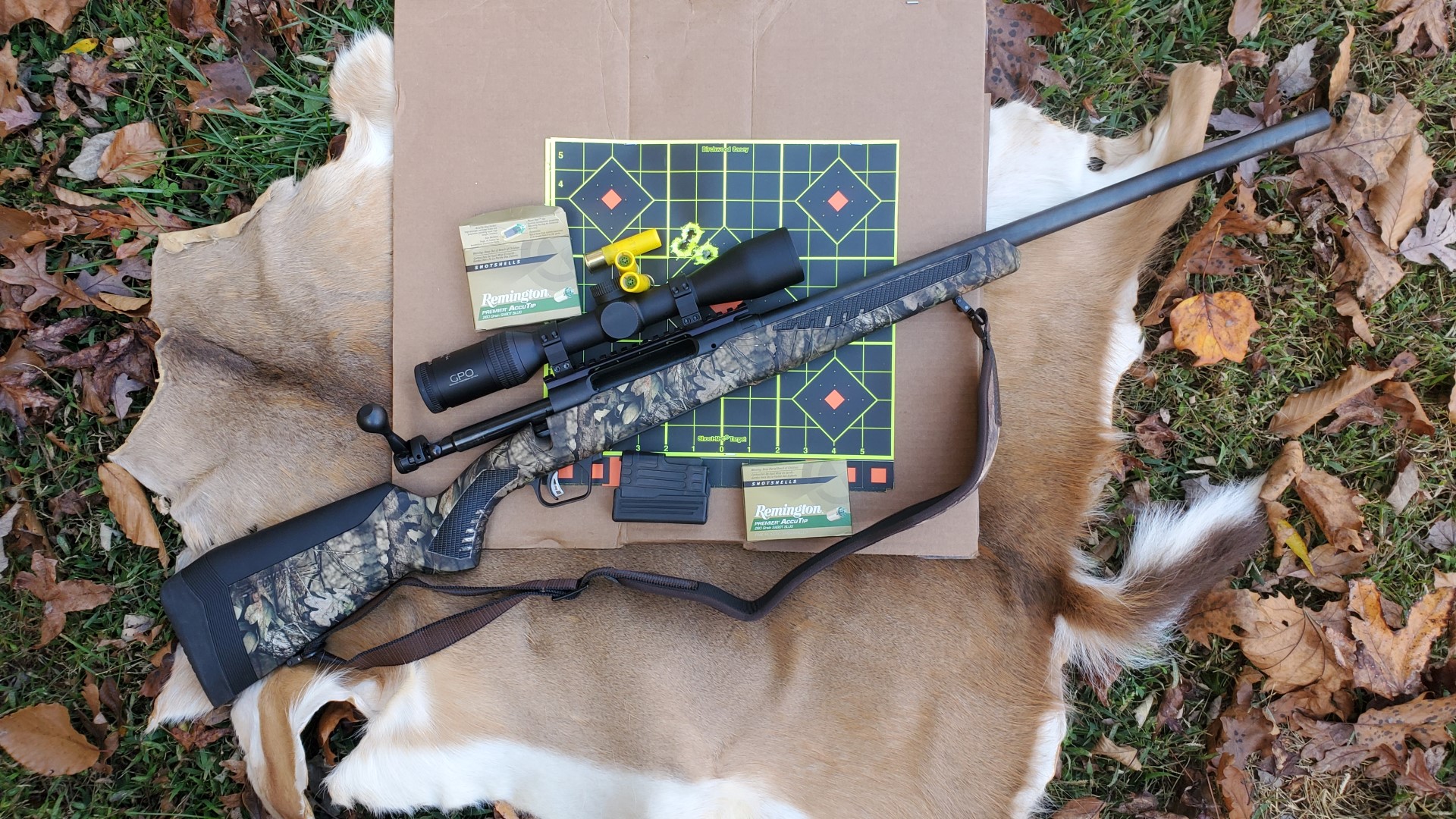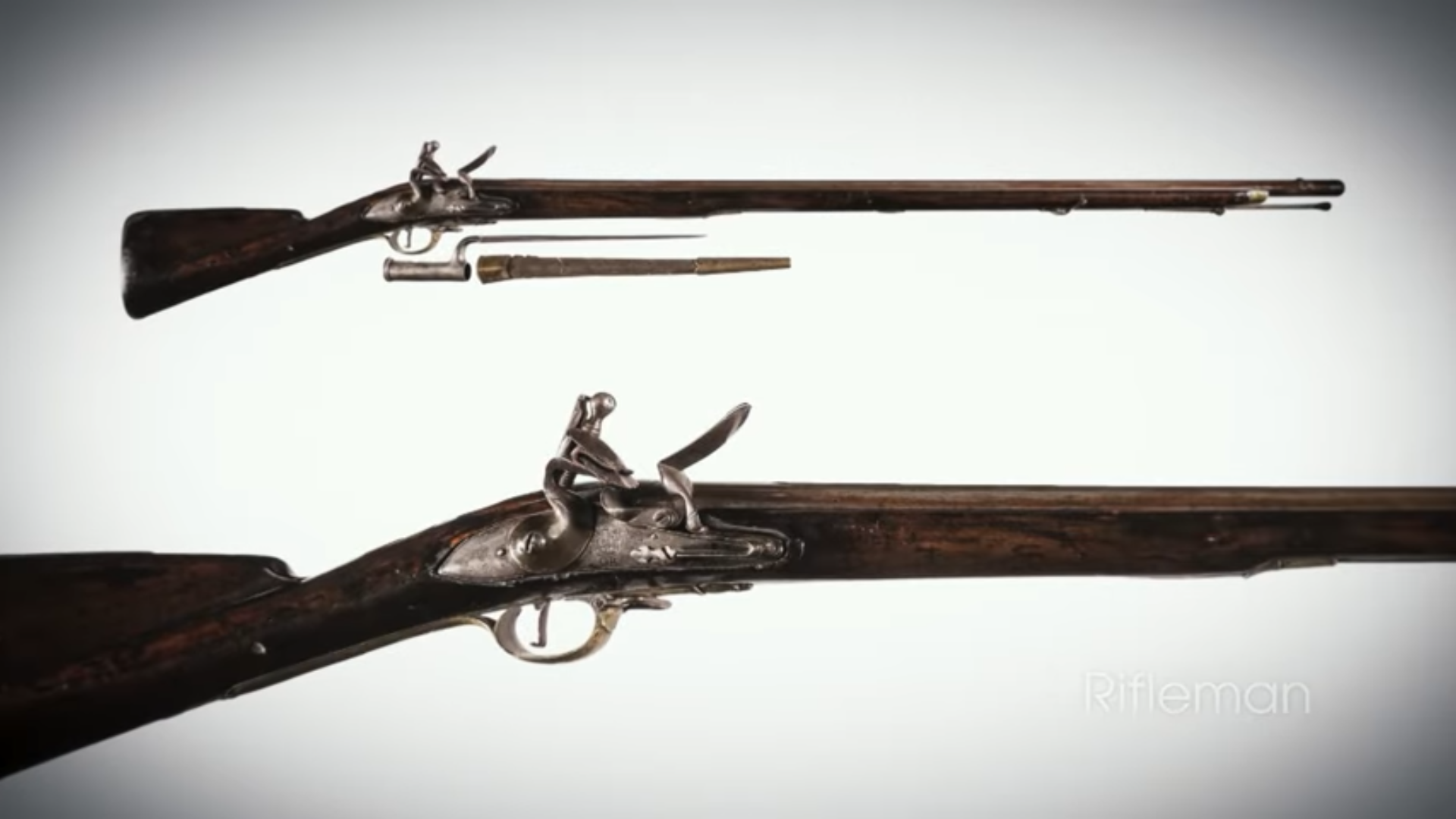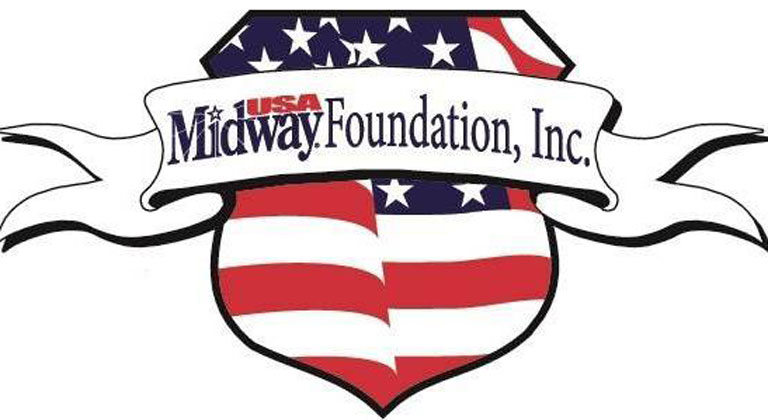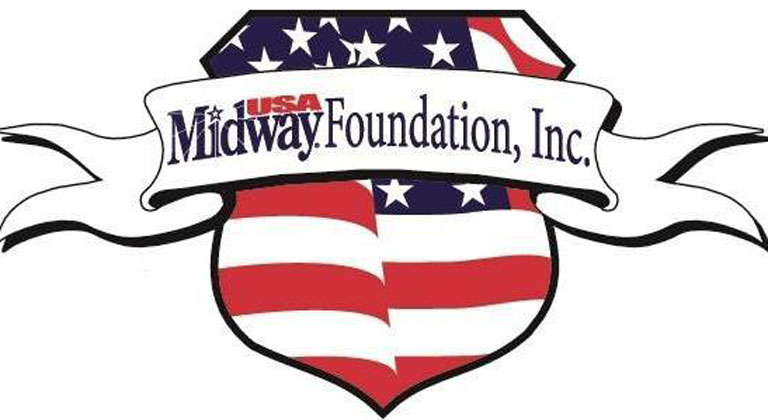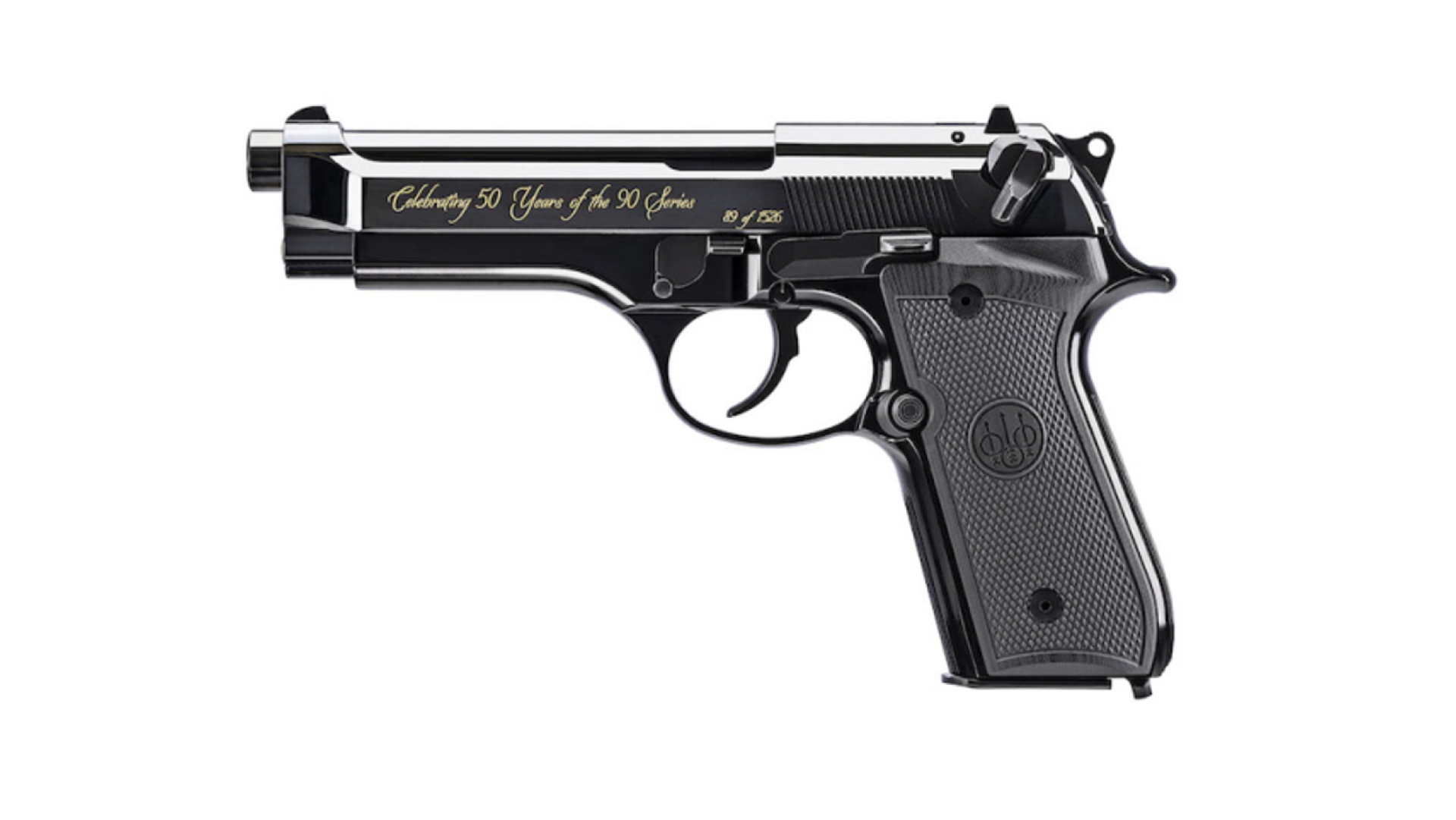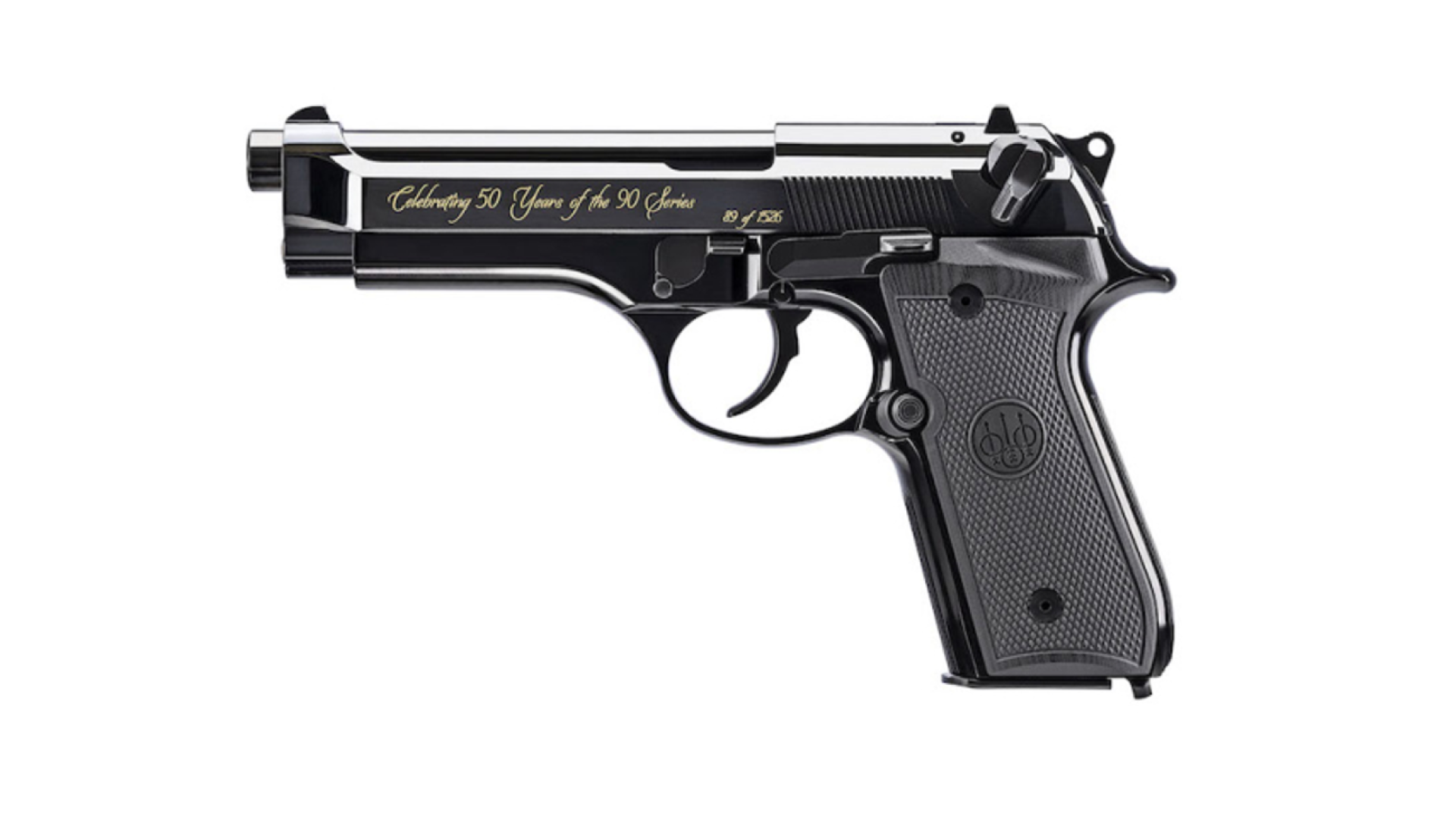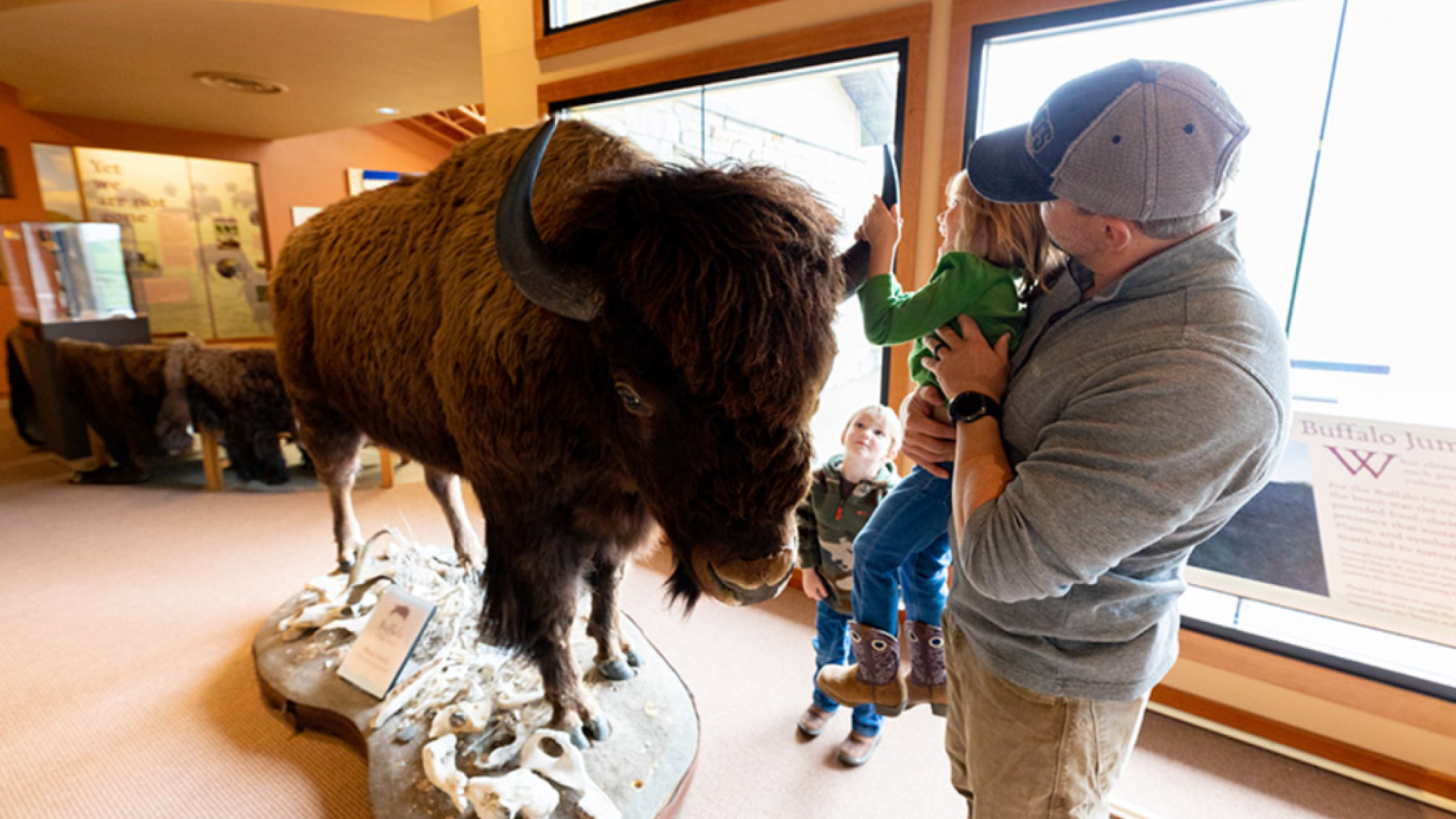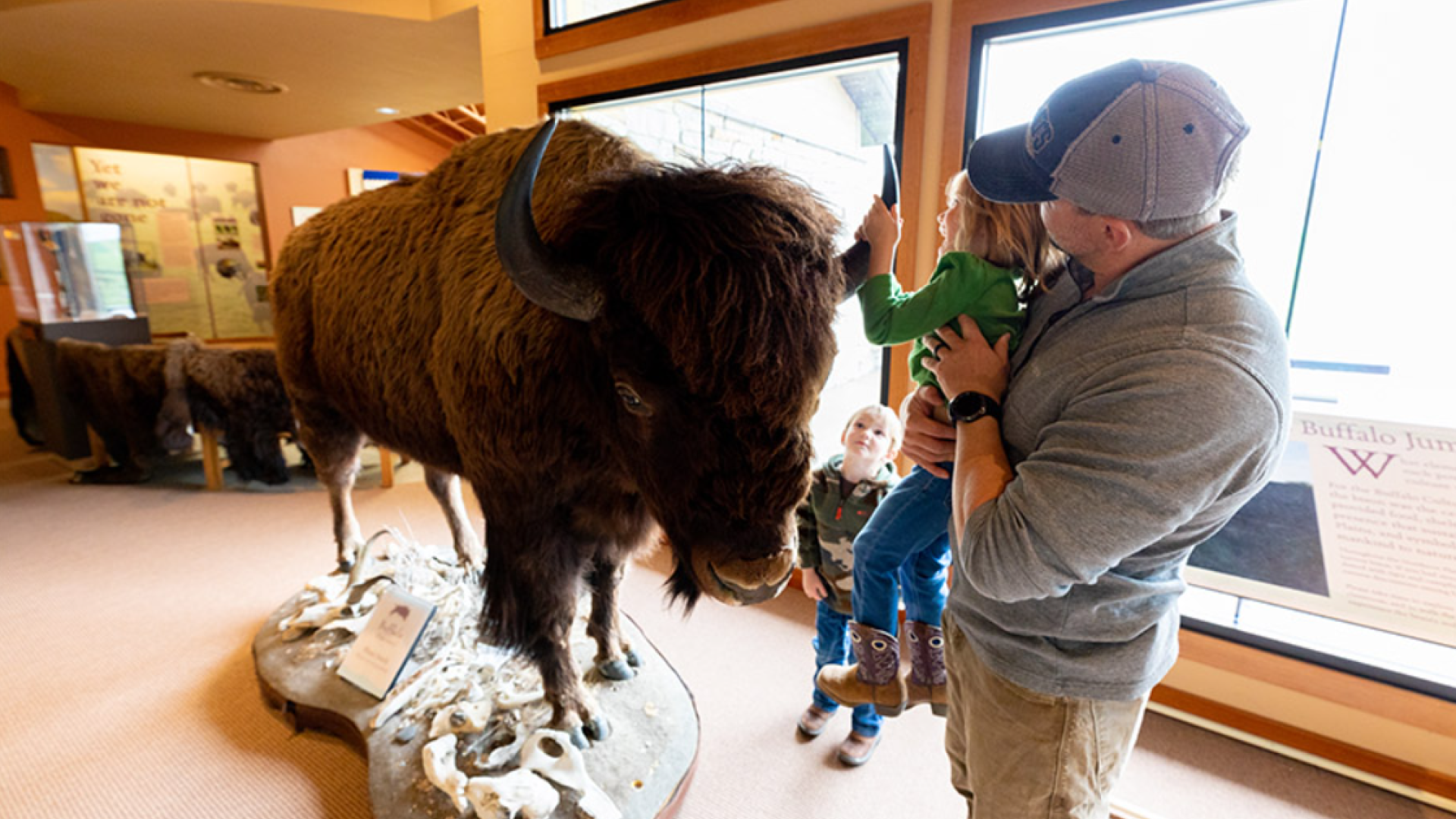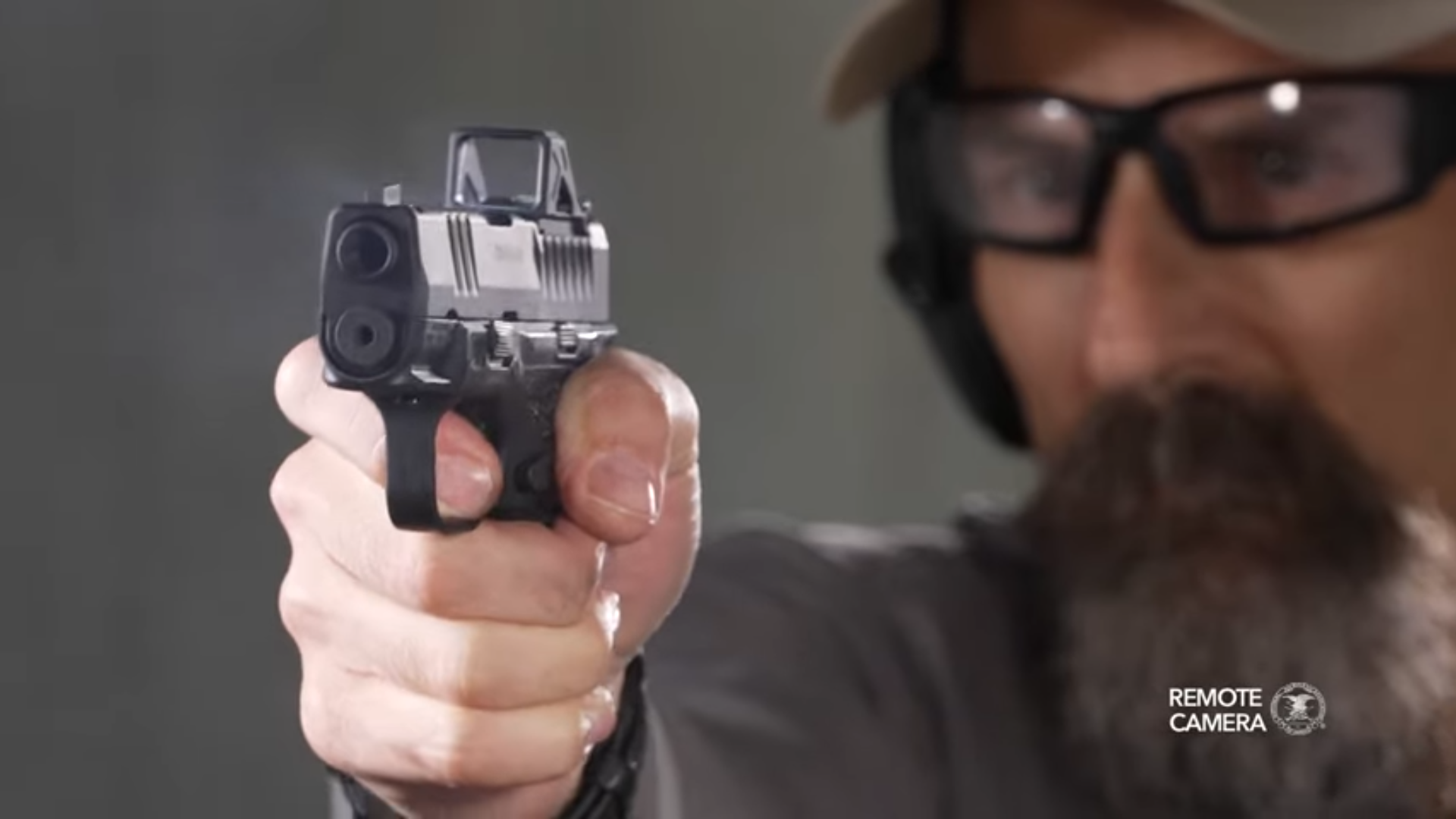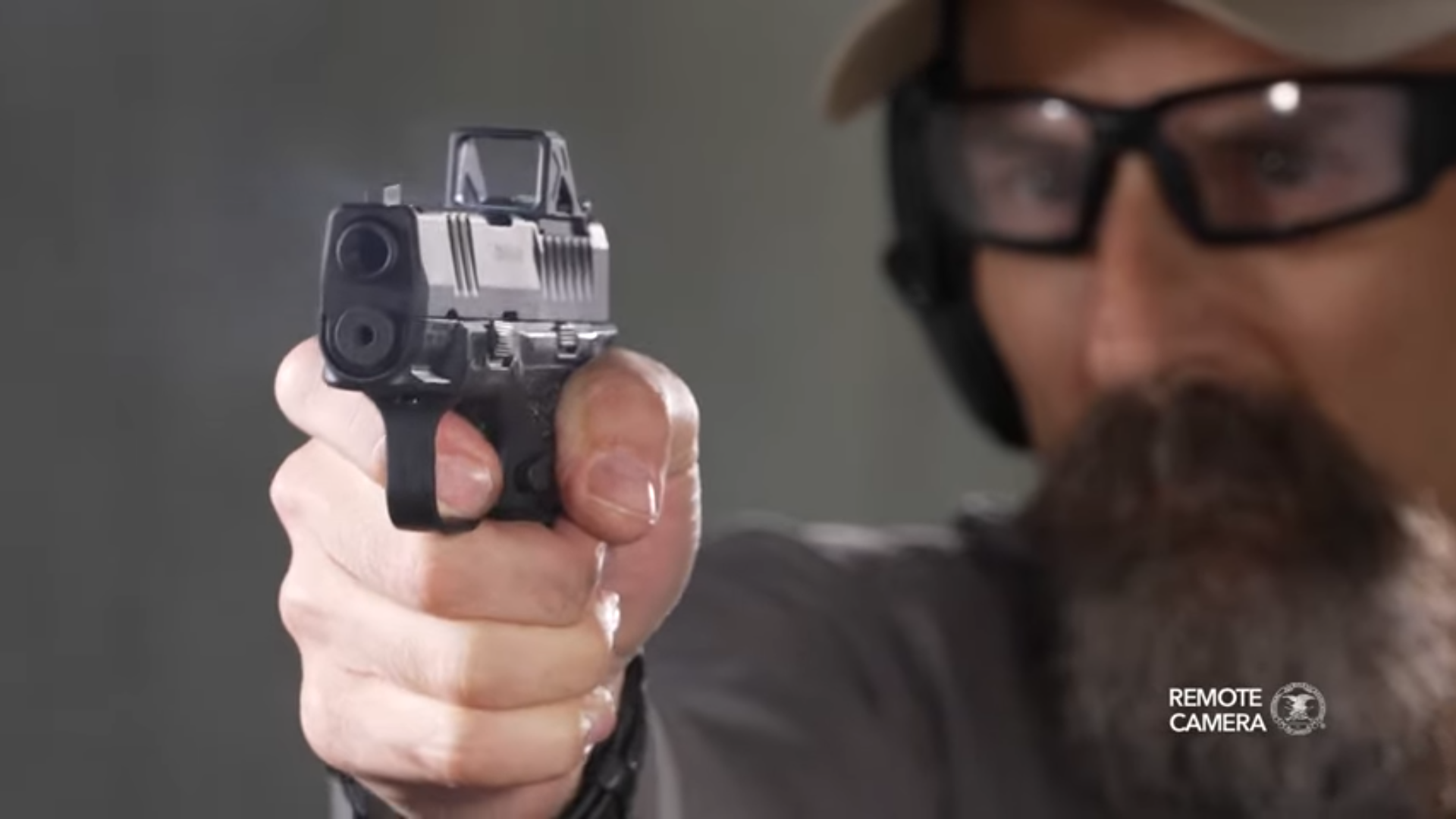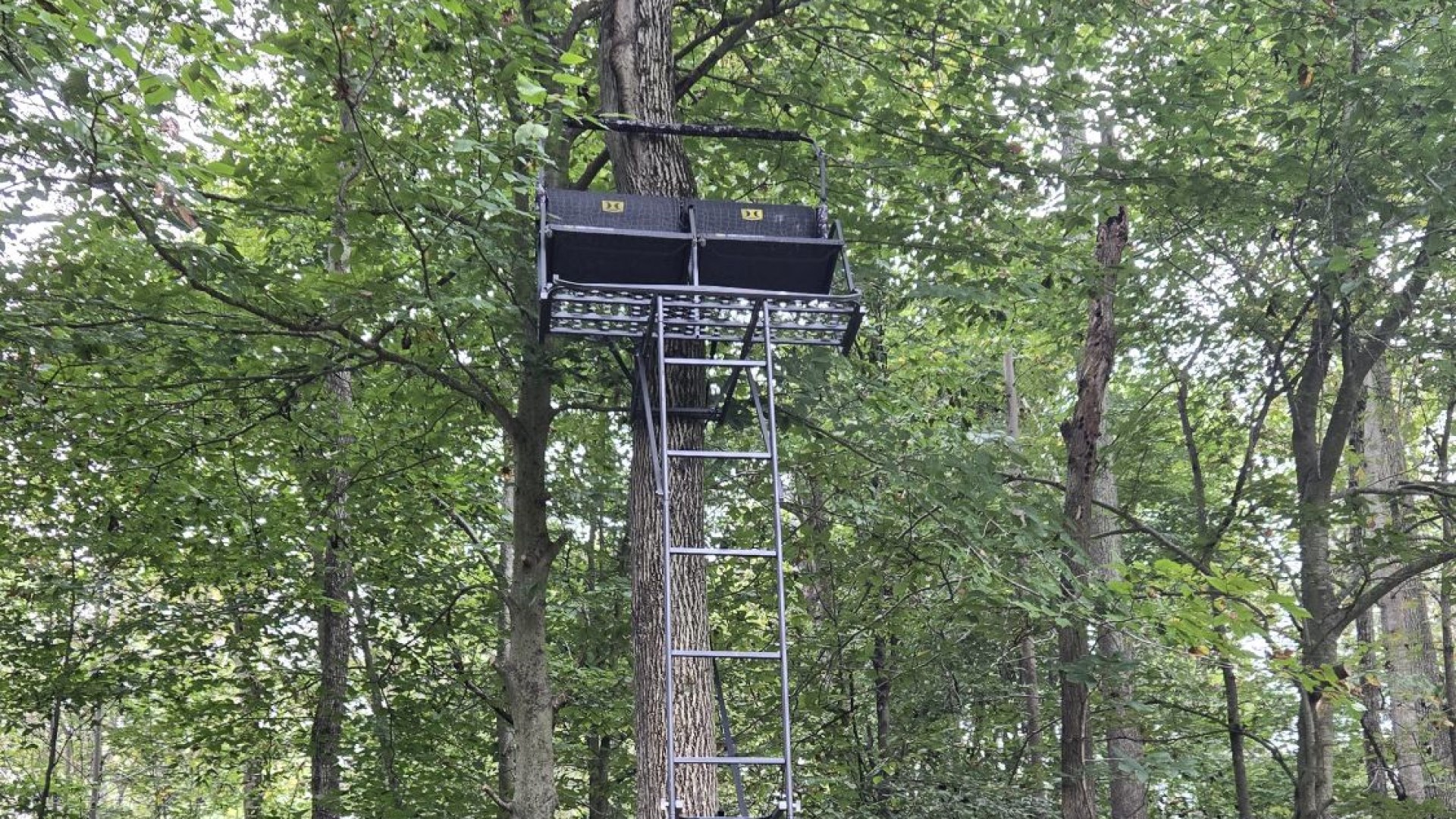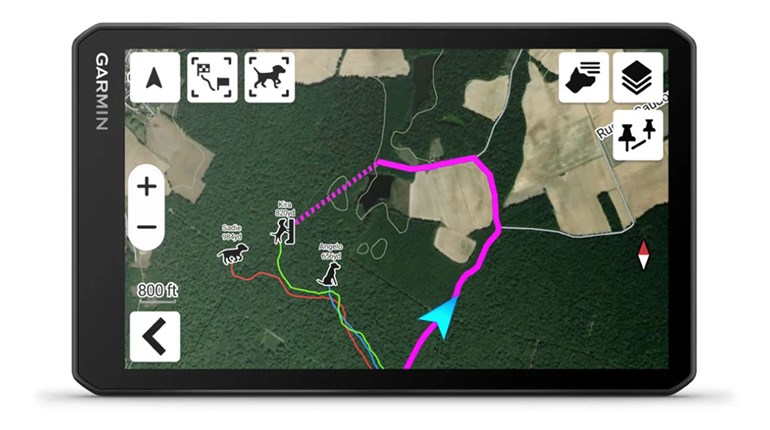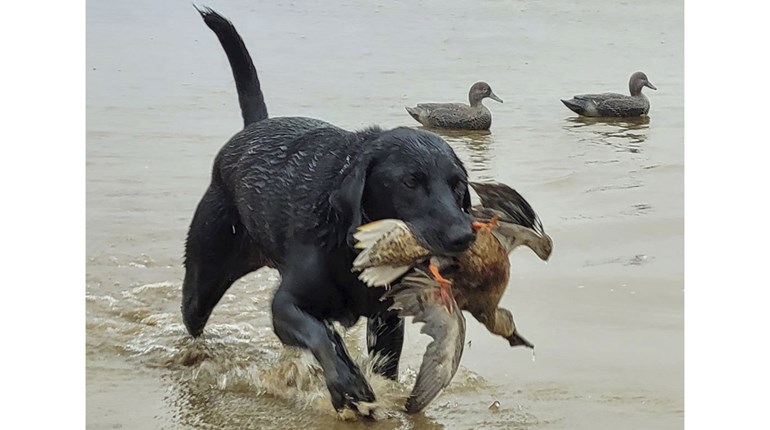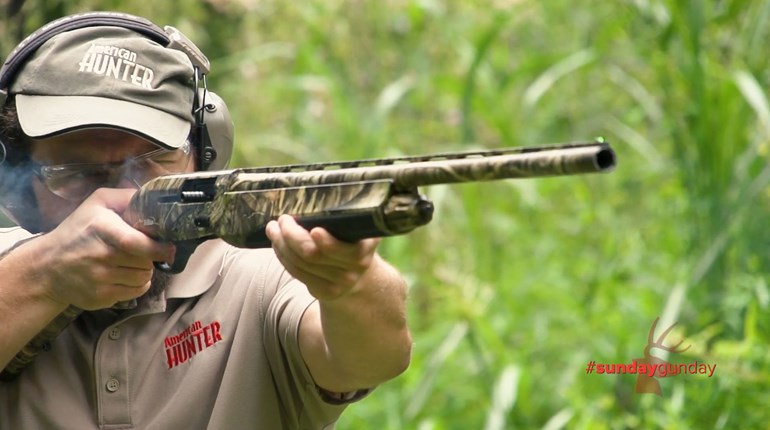** When you buy products through the links on our site, we may earn a commission that supports NRA's mission to protect, preserve and defend the Second Amendment. **

Nearly all contemporary semi-automatic and pump-action sporting rifles have an underride trigger with an internal hammer cocked by rearward motion of the bolt or bolt carrier. A notch or shelf on the hammer is engaged by the sear to retain it in the cocked condition. Pulling the trigger disengages the sear from the hammer, allowing it to fly forward to hit the firing pin and fire the gun.
Most fire-control assemblies for semi-automatic and pump-action rifles are held in the receiver by pins, screws or levers. The trigger is not readily adjustable.
Typically, semi-automatic and pump-action shotguns also have an internal hammer cocked by the rearward motion of the bolt or bolt carrier. A non-adjustable underride trigger system pinned inside the receiver retains the hammer in the cocked position by sear engagement on a notch in the hammer. Pulling the trigger disengages the sear from the hammer, allowing it to fly forward to strike the firing pin.
In addition to fire control, the trigger mechanisms for semi-automatic and pump-action shotguns must also perform several functions related to shotshell feeding. When the gun is fired and the bolt and bolt carrier move rearward, the fire-control system pivots the shell carrier downward and depresses teh shell latch on the magazine tube to release the next shell onto the shell carrier. On the bolt's return trip forward, the shell carrier pivots upward, positioning a fresh shell directly in front of the chamber. As the bolt goes into battery, the fresh shell is chambered and the action's locking block or locking lugs engage the receiver or barrel extension.
An important part of the fire-control mechanism of any semi-automatic or pump-action firearm is the disconnector. After a shot has been fired, the shooter's finger may still be on the trigger as the action cycles to cock the hammer or firing pin. The disconnector prevents the cocked hammer or firing pin from falling unless the trigger is first released, then pressed again.
The disconnector can be a separate part, or it may be designed into the trigger bar, sear or other components of the fire-control system.
Most fire-control assemblies for semi-automatic and pump-action rifles are held in the receiver by pins, screws or levers. The trigger is not readily adjustable.
Typically, semi-automatic and pump-action shotguns also have an internal hammer cocked by the rearward motion of the bolt or bolt carrier. A non-adjustable underride trigger system pinned inside the receiver retains the hammer in the cocked position by sear engagement on a notch in the hammer. Pulling the trigger disengages the sear from the hammer, allowing it to fly forward to strike the firing pin.
In addition to fire control, the trigger mechanisms for semi-automatic and pump-action shotguns must also perform several functions related to shotshell feeding. When the gun is fired and the bolt and bolt carrier move rearward, the fire-control system pivots the shell carrier downward and depresses teh shell latch on the magazine tube to release the next shell onto the shell carrier. On the bolt's return trip forward, the shell carrier pivots upward, positioning a fresh shell directly in front of the chamber. As the bolt goes into battery, the fresh shell is chambered and the action's locking block or locking lugs engage the receiver or barrel extension.
An important part of the fire-control mechanism of any semi-automatic or pump-action firearm is the disconnector. After a shot has been fired, the shooter's finger may still be on the trigger as the action cycles to cock the hammer or firing pin. The disconnector prevents the cocked hammer or firing pin from falling unless the trigger is first released, then pressed again.
The disconnector can be a separate part, or it may be designed into the trigger bar, sear or other components of the fire-control system.










